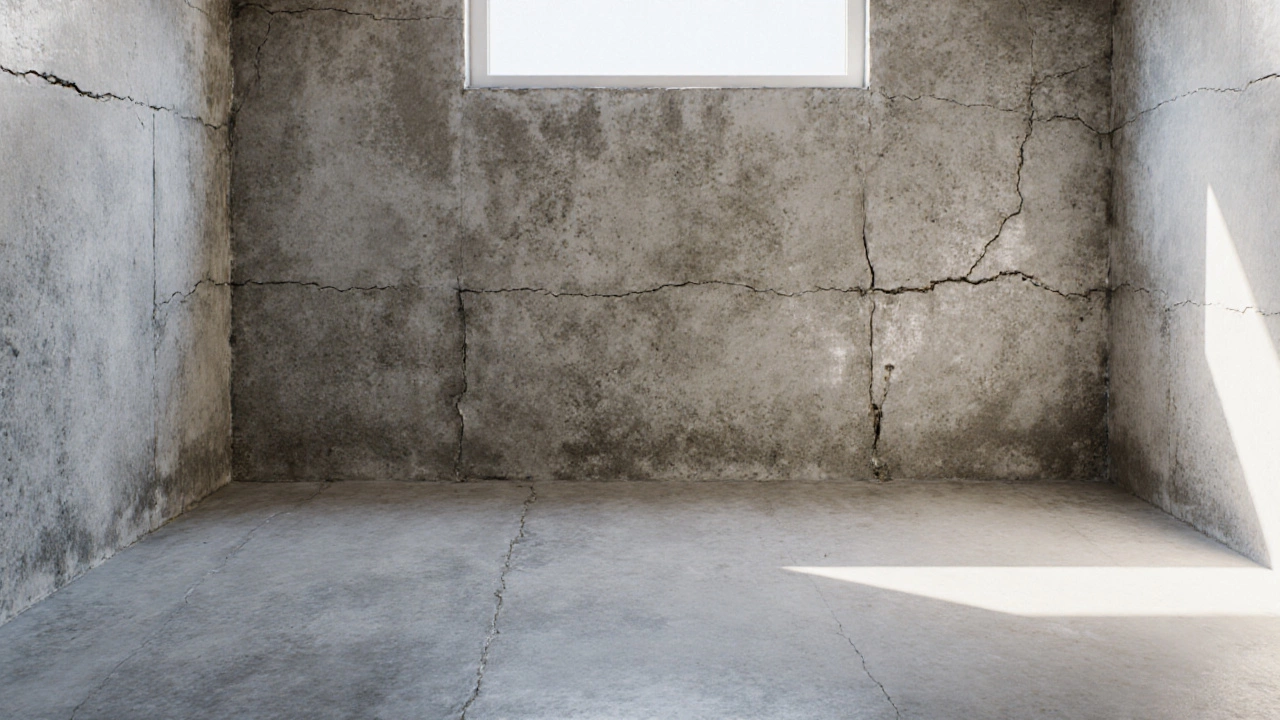Identifying Bad Foundation Cracks: What to Look For
Learn how to recognize a bad foundation crack, understand its types, and know when to seek professional repair. Clear signs, measurement tips, and prevention advice included.
When your home’s foundation starts showing cracks, it’s not just a cosmetic issue—it’s a signal. A bad foundation crack sign, a visible break in concrete or masonry that indicates structural stress or movement. Also known as structural cracking, it’s different from hairline fissures that come and go with seasonal changes. These are the cracks that don’t heal. They grow. They widen. And they’re often the first warning before major foundation repair becomes unavoidable. Not all cracks are dangerous, but knowing which ones are red flags can save you thousands—and maybe your home.
Look for cracks that are wider than a quarter inch, especially if they’re zigzagging, stair-stepping along brickwork, or running diagonally from corners of windows and doors. These patterns point to uneven settling or soil pressure. If you see cracks on the inside walls too—especially near door frames or where the ceiling meets the wall—that’s a strong sign the problem isn’t just surface deep. Foundation damage, the loss of structural integrity due to movement, moisture, or poor soil support doesn’t always show up as a big crack. Sometimes it’s a door that sticks for no reason, or floors that slope slightly toward one side. Structural cracks, cracks caused by load-bearing failure or ground movement, not just drying shrinkage are the ones that demand attention. And if water is seeping through those cracks? That’s not just a leak—it’s a sign the foundation is under constant stress, and soil around it may be shifting.
What makes these signs worse is how easy they are to ignore. People chalk it up to an old house settling. But homes built in the last 50 years shouldn’t be settling this way. If you’ve noticed new cracks after a dry spell or heavy rain, that’s a clue the soil is expanding and contracting, pushing against your foundation. And if you’ve got multiple cracks in different areas—like one near the garage, another near the front porch—that’s not coincidence. It’s a pattern. The good news? Catching these signs early means you might only need a simple repair. Wait too long, and you’re looking at underpinning, helical piers, or even full foundation replacement. The posts below show you exactly what to look for, how to tell if it’s serious, and what repair options actually work. You’ll find real cost examples, DIY checks you can do today, and when to call in a pro before the problem eats into your home’s value.

14 October
Learn how to recognize a bad foundation crack, understand its types, and know when to seek professional repair. Clear signs, measurement tips, and prevention advice included.